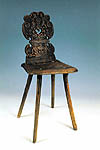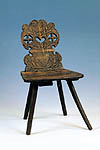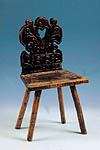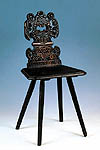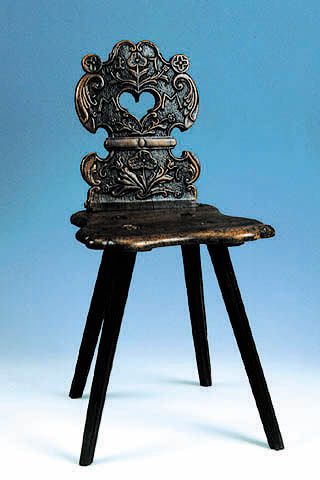 |
|
Base of strategy of development of the collection was
exhibition of local historical processes after World War II. The collection
was intended to cover the entire area of the country to the utmost possible
extent. Centres of production of furniture were emphasized in this work.
An appropriate number of objects were intended to represent products of
known centres and chronological changes of furniture (forms, styles, etc.)
in the collection. This resulted in huge series sometimes exceeding a century
from the objects of the same workshops.
„The chart, drawn on the basis of the dated furniture
of the Museum of Ethnography, is fairly significant, since its break-points…
coincide with the major changes detected in the styles of Hungarian folk
furniture…”
„...the abrupt increase in the quantity of dated pieces
of furniture at the end of the 18th century can be primarily explained
by the stimulating effect of the price increases of the corn boom caused
by the wars at the end of the 18th century and the Napoleonic wars. Thus
the remarkable increase in the number of dated furniture can be considered
as an innovation caused by improving living standards – which in our case
may mean that the so-far home-made pieces of furniture or the pieces fabricated
by unskilled craftsmen were replaced by ones bought from joiners, and on
the other hand the purchase of made-to-order furniture…”
K. Csilléry Klára: Statisztikai vizsgálatok a magyar népi
bútorok történetéhez. [Statistical Research for the History of Hungarian
Folk Furniture.] Ház és Ember 3. 1985, 188., 192–193. p.
For more information click on the pictures! |
